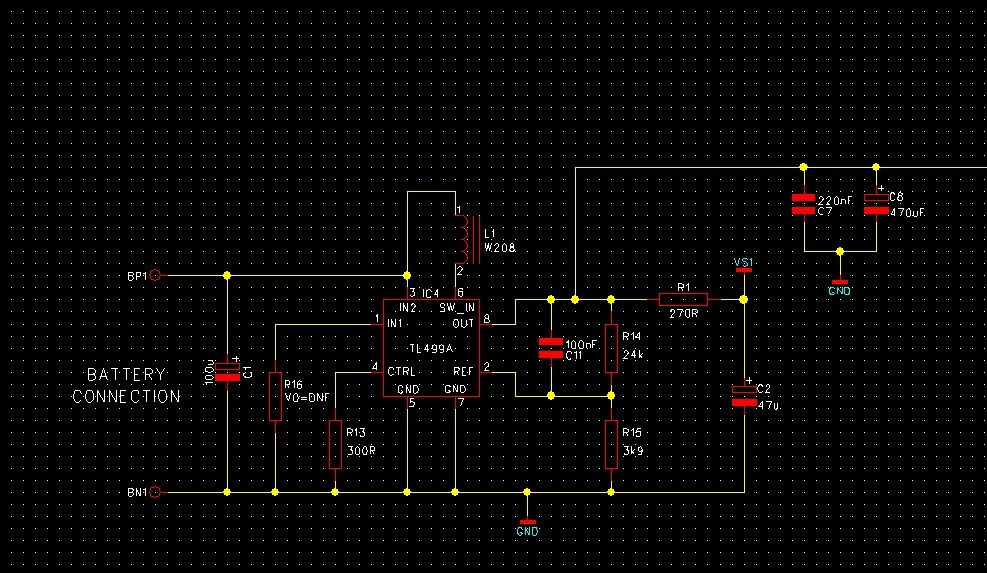Help please! Anyone seen or have suggestion on this please?
A prototype 1.5V (AA alkaline cell) to 9V switcher circuit using TI guidelines doesn't work as intended.
1) It is very slow to start switching, around 5s to 10seconds. Once the switching starts, it gets and hold output voltage perfectly under various load conditions.
2) It is inefficient, around 45% instead of the datasheet figure of 66%
Anyone seen these issues before, know of solutions? Any help welcomed, thanks


